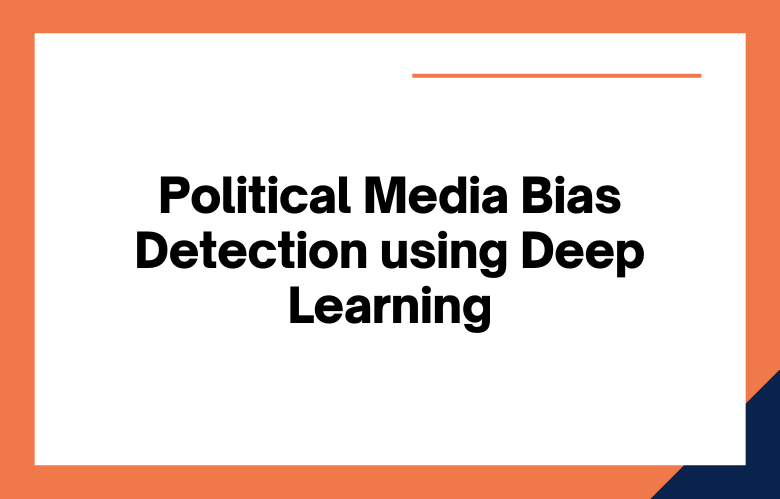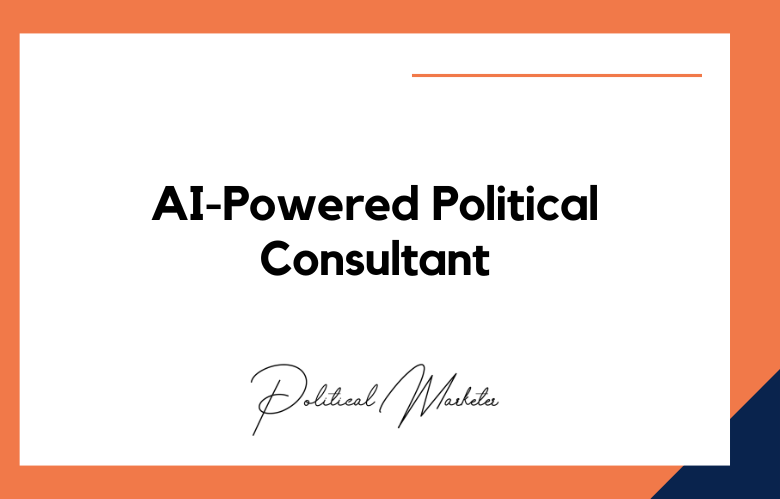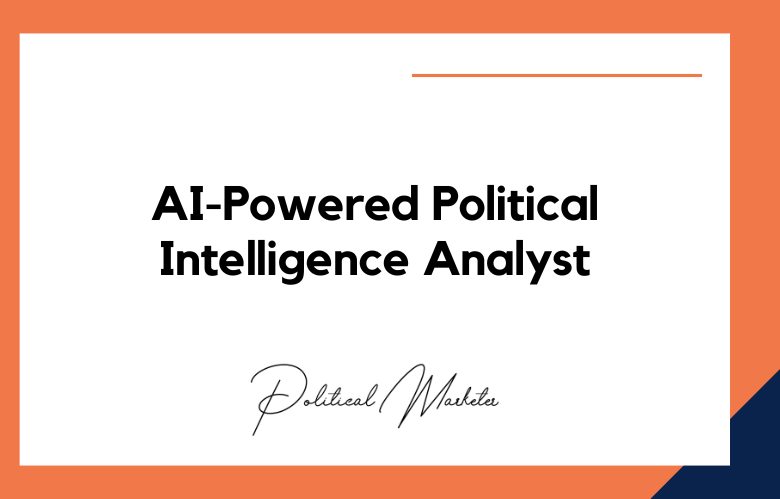The world is becoming more politically polarized. The left is on one side; the right is on another. You’ve found out how biased your media consumption has been.
Deep learning algorithms can detect political bias in media outlets. They found that a convolutional neural network could classify news articles as either coming from a negative or positive view with an accuracy of 82%.
An exciting discovery gave the contentious nature of politics in our current society. It raises questions about how this technology could inform people when fed biased information.
The researchers developed a system for detecting political bias using artificial intelligence algorithms that could significantly affect democracy if adopted more broadly in society.
The widespread use of Facebook, Twitter, and other platforms has given rise to unprecedented political media bias. We will explore how modern deep learning can detect this bias in news articles.
What is Political Media Bias?
Political media bias is the tendency of journalists to present news to favor a particular political point of view or a specific candidate.
The media is a powerful tool that shapes our daily life. This information source can influence public opinion; therefore, it is a good idea to be aware of the bias in the daily news.
Political Media Bias is using mass media outlets to promote one political agenda or another. The effect can be subconscious, influencing public opinion regarding specific issues.
Political Media Bias is a tool that measures the bias of news stories.
The media can be biased, which affects its credibility. There are several types of political bias, but the most common one is left-wing bias.
Advantages of Political Media Bias Detection
- Detecting media bias can help us better understand the political landscape
- Media bias detection is a more objective way of understanding what is going on in our society, as it doesn’t rely on personal opinion
- It’s easier to spot patterns and trends in data when there are biases present
- Media bias detection helps people to be aware of what’s going on in the world
- It can also help journalists and media outlets to improve their coverage
- It is a way for people who are interested in politics to stay up-to-date with current events
- Bias detection can be used to detect false news
- It is a way for politicians and journalists to stay accountable
- It allows the public to make better-informed decisions about their vote
- It helps people understand how media shapes our perceptions of the world
- It’s difficult to detect bias in your reporting
- Political media bias detection can be used for quality assurance
- Media bias is a problem that affects everyone, not just journalists
- Journalists are more likely to produce accurate and unbiased reporting if they know others will scrutinize their work
- A bias detection algorithm can detect biases that humans might miss
- The more people who use the tool, the more accurate it becomes
- Bias detection algorithms are not biased themselves- they analyze existing data and identify patterns in it
- Bias detection is a helpful way to find out how different groups of people view your content
- Political media bias detection is a way to identify and measure the degree of bias in news reporting
- It can be used as an indicator of how well democracy is functioning
- The benefits of political media bias detection include increased transparency, reduced misinformation, and improved public discourse
- Media bias detection can be used to identify the most influential news outlets
- It is an effective way of detecting media bias, which is essential for journalists and citizens
- Political media bias detection software helps see biases in reporting on politics-related topics
- Detecting political media bias can help create a more balanced public sphere
- Considers the political bias of media outlets, news headlines, and articles
- It helps to see fake or misleading news stories that might be politically motivated
- Allows for a more balanced view of current events to be taken by readers and viewers
- It gives people the opportunity to make an educated decision about what they read
- Detect bias in media outlets
- You can save time by not having to read an article or watch a video to determine whether it’s not objective.
- Find biased articles for your side of the argument and use them as sources in discussions with people who disagree with you.
- Determine which media outlets are trustworthy.
- It’s easier to detect and correct biases in the media
- The public is better informed about these biases
- Bias detection can be used for social good, such as correcting false information or biased story coverage.
How to Detect Political Media Bias Using Deep Learning
There is a common misconception that media outlets are politically balanced, but many people perceive that some news sources skew toward a particular political agenda.
Many Americans are frustrated by political bias in the media. This article discusses how deep learning algorithms can detect political bias in news articles and some of the challenges associated with this task.
Political Media Bias Detection Using Deep Learning Libraries
The current political climate has many people worried about the truth and bias of news sources.
Political media bias detection is a process of manual annotation that uses people to identify media articles that are biased or impartial. Moreover, it helps identify the kind of sentiment to determine the truthfulness and trustworthiness of the source.
Deep learning is machine learning, where neural networks are used for their unique ability to model complex relations between data. In-text, deep learning libraries such as word2vec and GloVe have been used to predict semantic relationships.
The most common concept in deep learning is the neural network. A neural network consists of many nodes (neurons) joined together in series or layers, which can be entered before or after each other to create various methods.
The output of each neuron in these networks is often determined using weighted calculations. They signal the electrical current, or EPSPs, through synapses to subsequent neurons, delivering their signals.
Conclusion
In this world where it is increasingly difficult to find the truth, we need every advantage available. Whether you want more information on how deep learning can help detect media bias or want our team of experts to analyze your company’s public perception and provide actionable recommendations, contact us today!
One way to get in touch is by filling out our online form on this site or give us a call at +91 9848321284. Let’s work together today!











